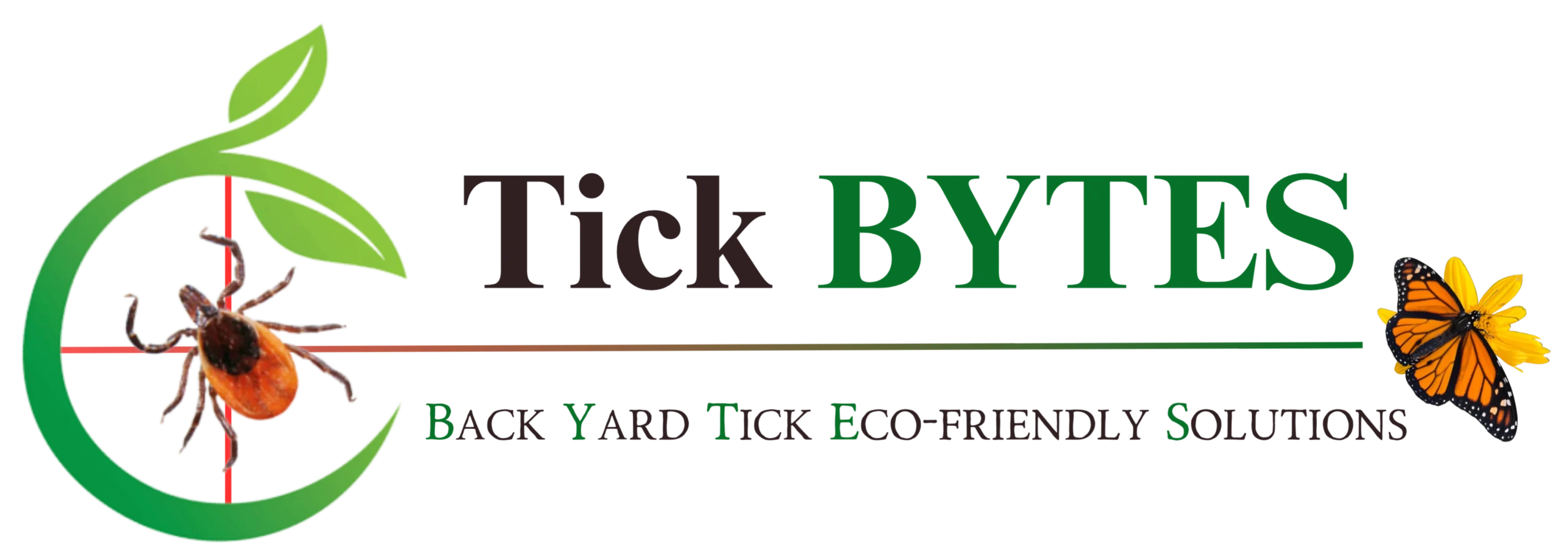Botanicals
What are Pollinators?
Birds, bats, butterflies, moths, beetles, wasps, flies, small mammals, and bees are pollinators.
Why are Pollinators important?
As pollinators visit flowers to drink nectar or feed from pollen, they transport pollen grains as they move from spot to spot, transferring pollen from one flower to another. Pollinators are essential for the reproductive process of most flowering plants and production of fruits and seeds.
“Three-fourths of the world’s flowering plants depend on pollinators to reproduce. Most fruit, vegetable, and seed crops – and other plants that provide fiber, medicines, and fuel – are pollinated by animals. Some scientists estimate that one out of every three bites of food we eat exists because of animal pollinators like bees, butterflies and moths, birds and bats, and beetles and other insects.”
History of Botanicals
While relatively new to the current generation of pesticides, botanicals have been used for centuries as a natural way to control pests and insects and were used widely in the U.S. through the 1940s and 1950s until the introduction of synthetic chemistry. Synthetic pesticides were quickly embraced because they were quick-acting and long-lasting. The durability of synthetics, once valued, has led to long-term environmental damage, contributing to the depletion of natural resources.
What are Botanical Pesticides?
Botanical pesticides are natural insecticides derived from plants and oils, often used as alternatives to synthetic pesticides, and are known for their potential to be environmentally friendly and biodegradable.
Eco-friendly Pest Solutions
Modern day botanical pesticides offer several advantages, including being environmentally friendly, biodegradable, and less likely to cause pest resistance compared to synthetic pesticides. They are also more selective, targeting specific pests while minimizing harm to beneficial insects and other organisms. Botanical pesticides are derived from natural plant and oil sources, and decompose quickly in the environment, reducing the risk of long-term pollution and contamination.
Pollinator Resources
U.S. Department of Agriculture / Insects and Pollinators
(https://www.nrcs.usda.gov/conservation-basics/natural-resource-concerns/animals/insects-pollinators)
